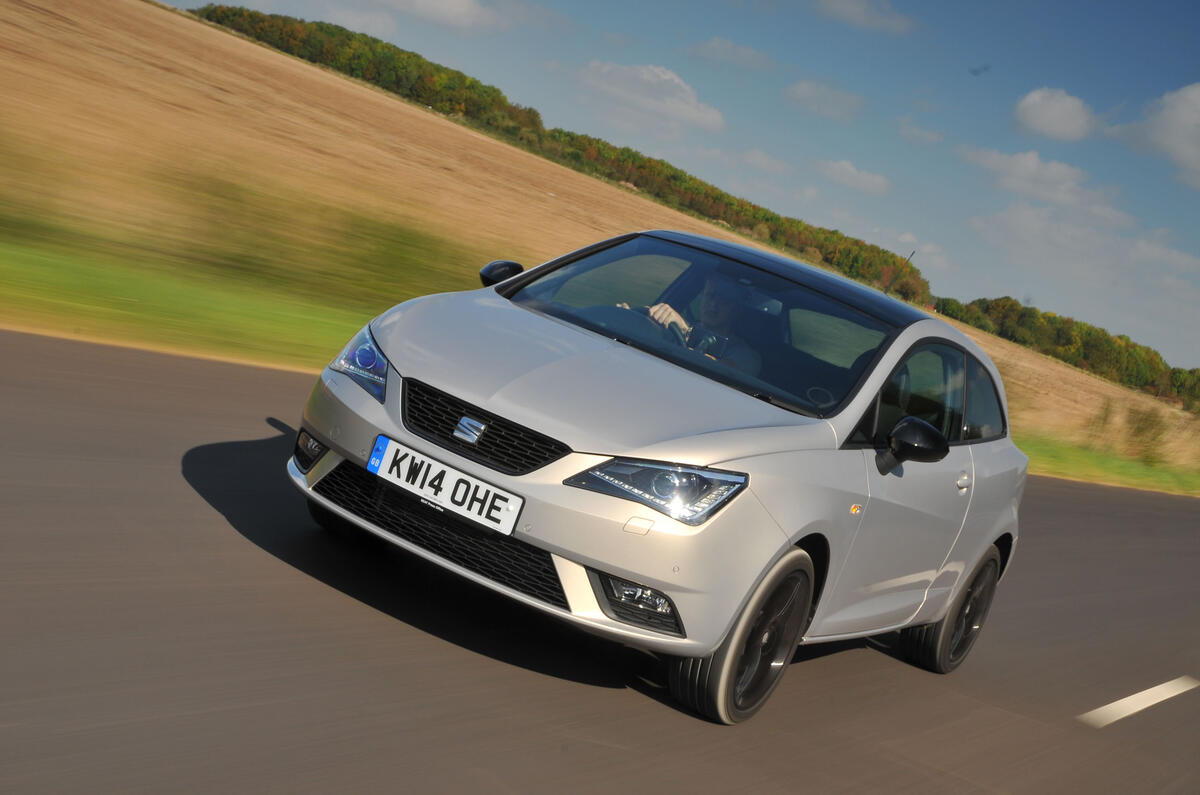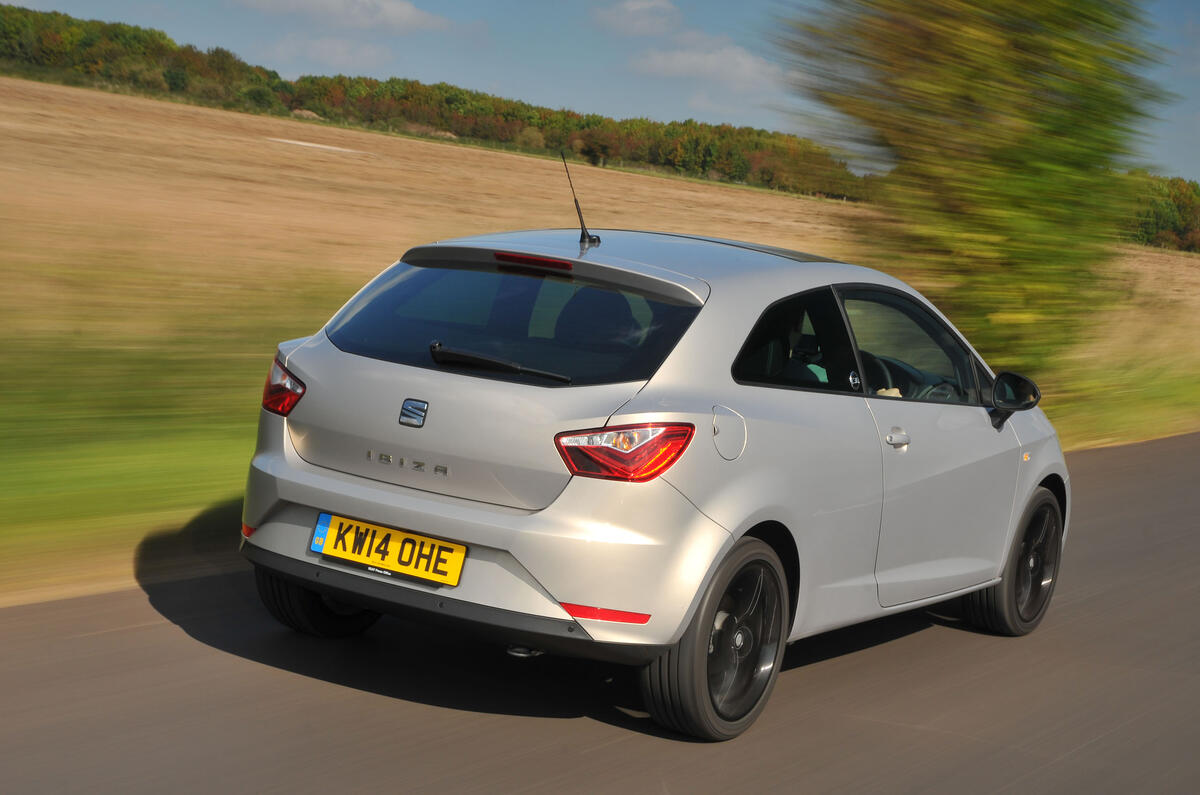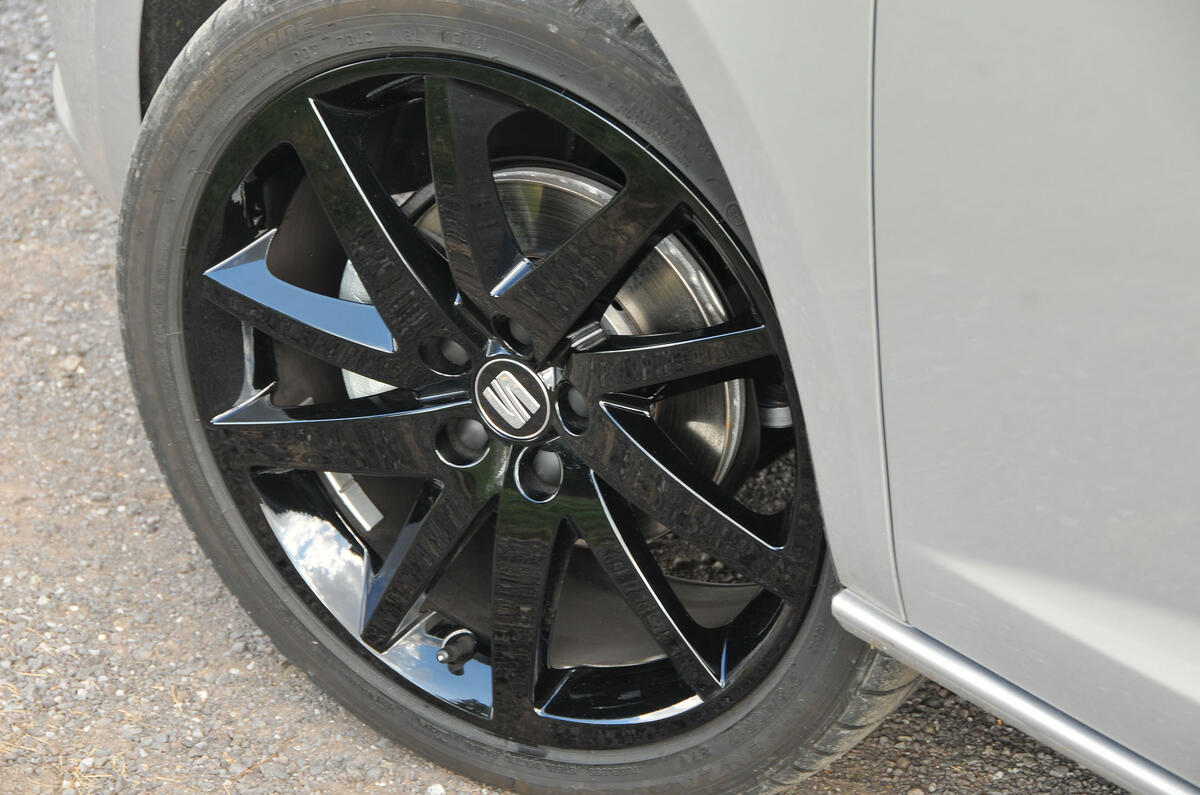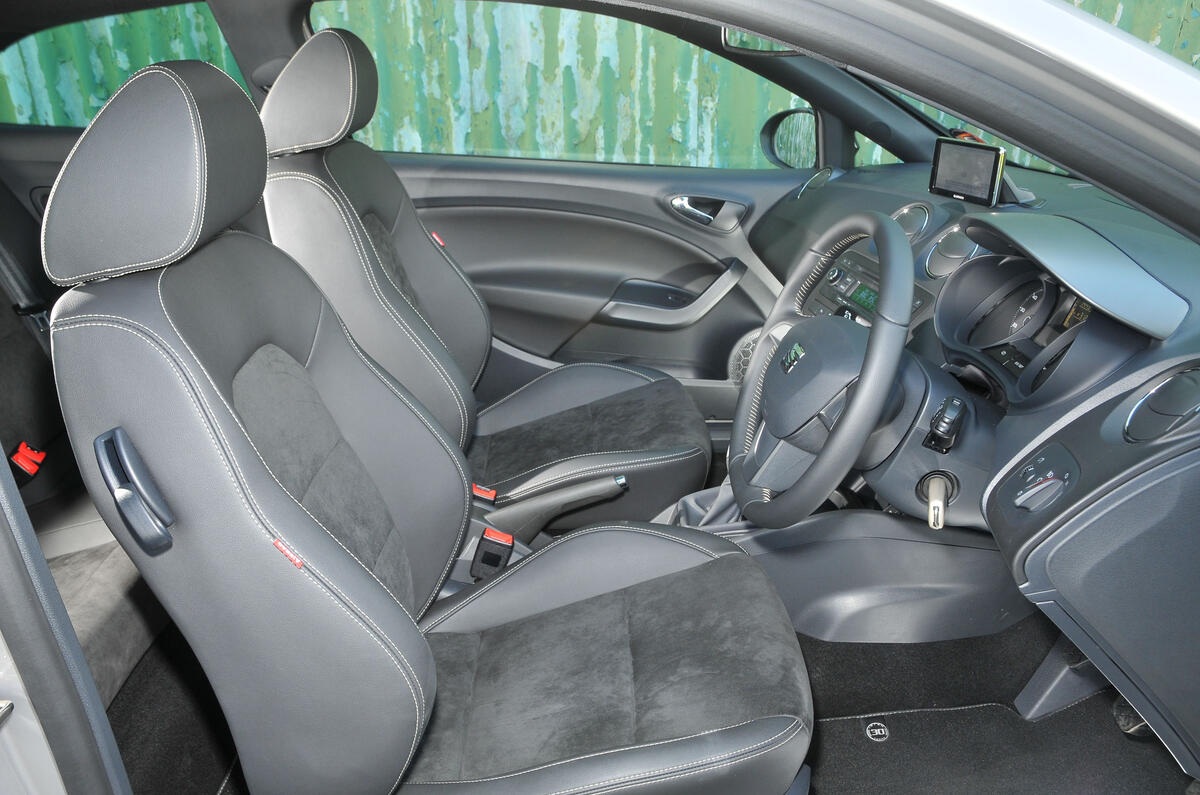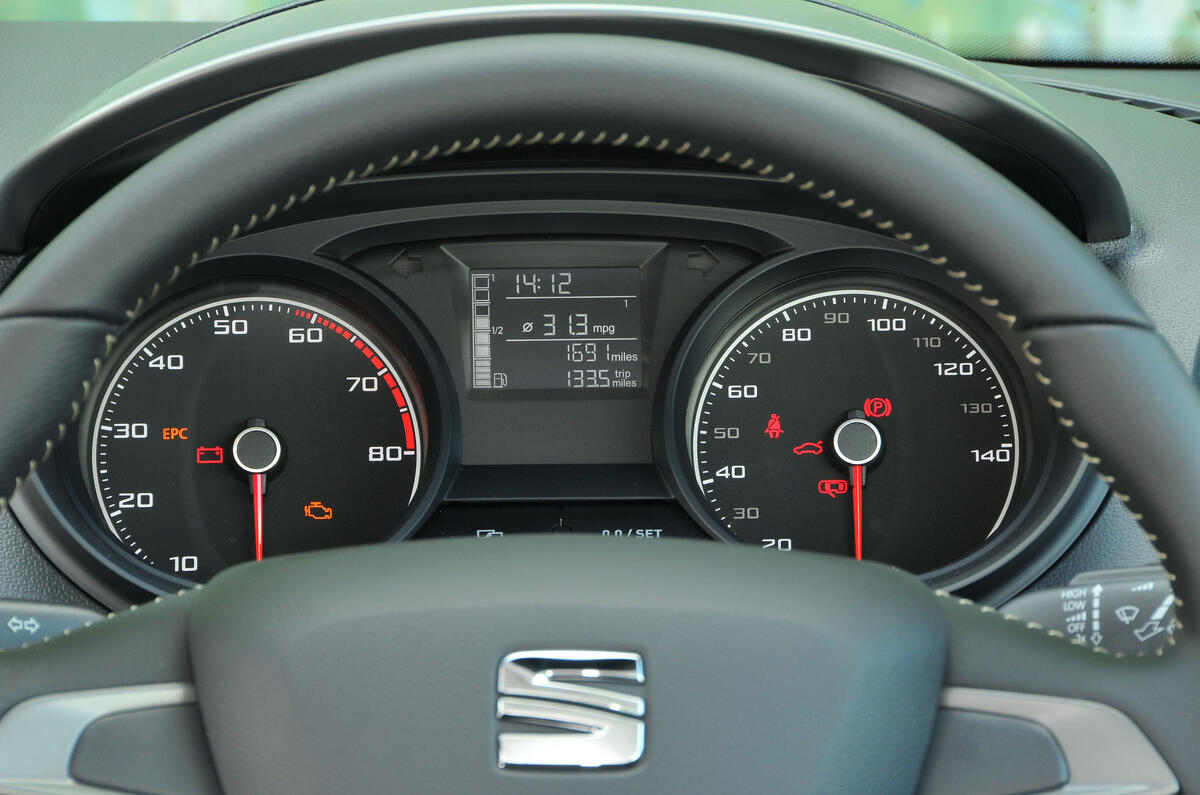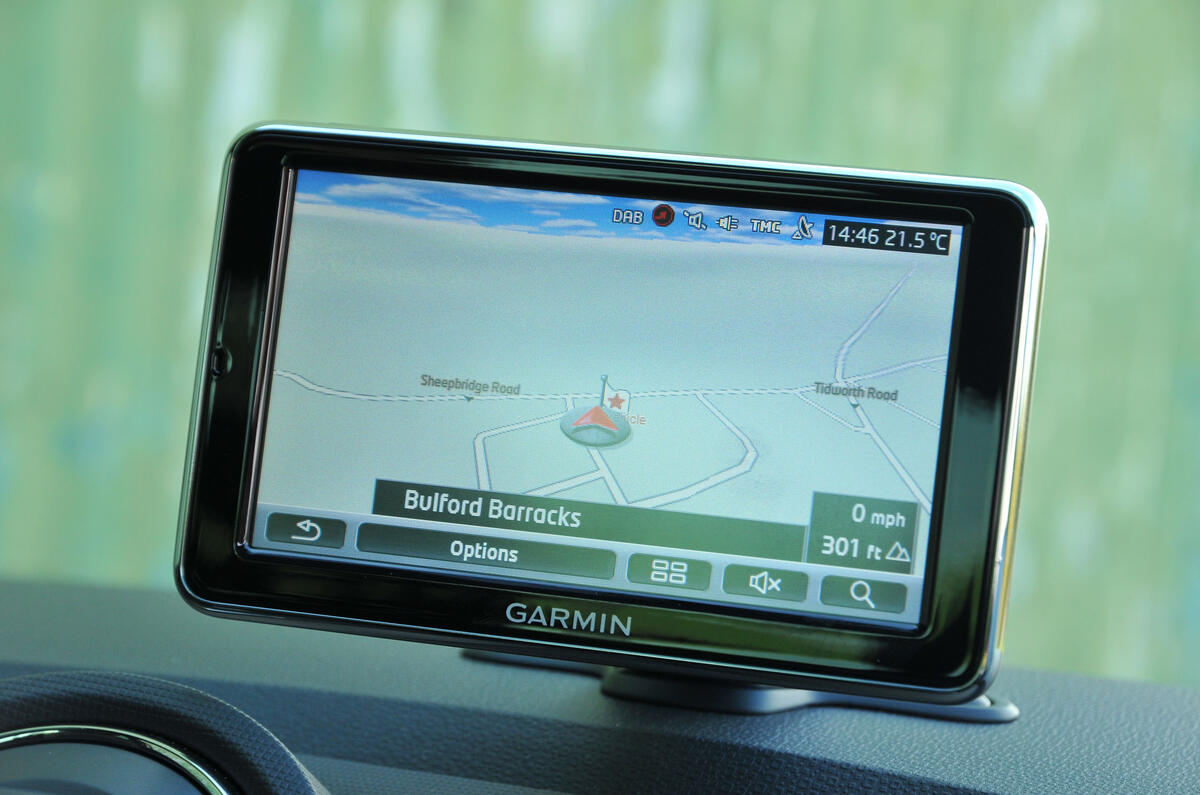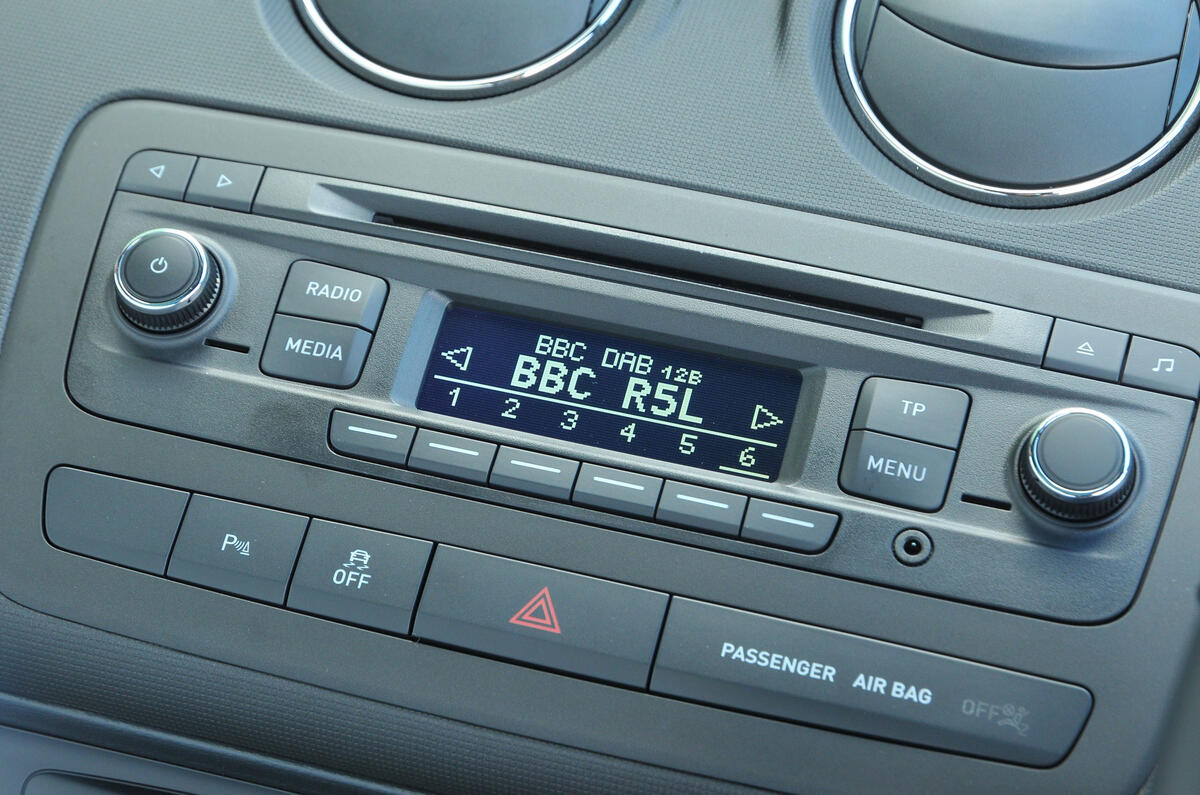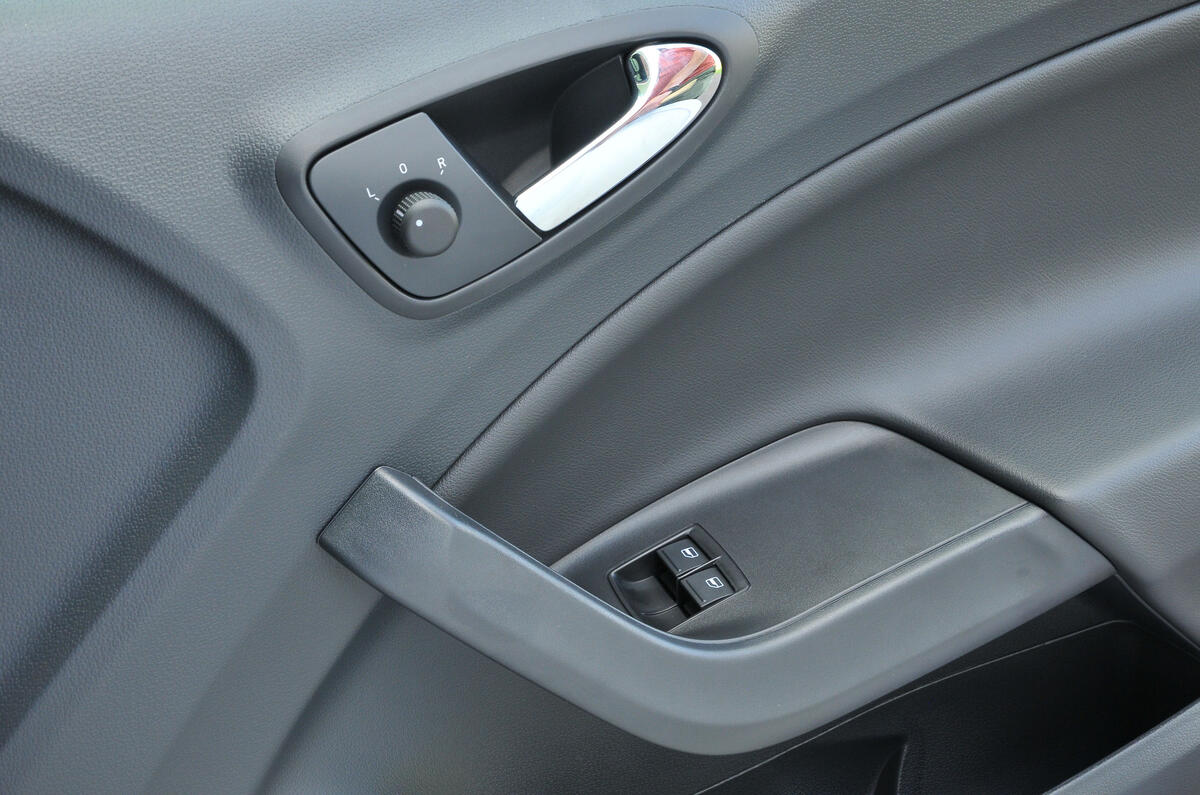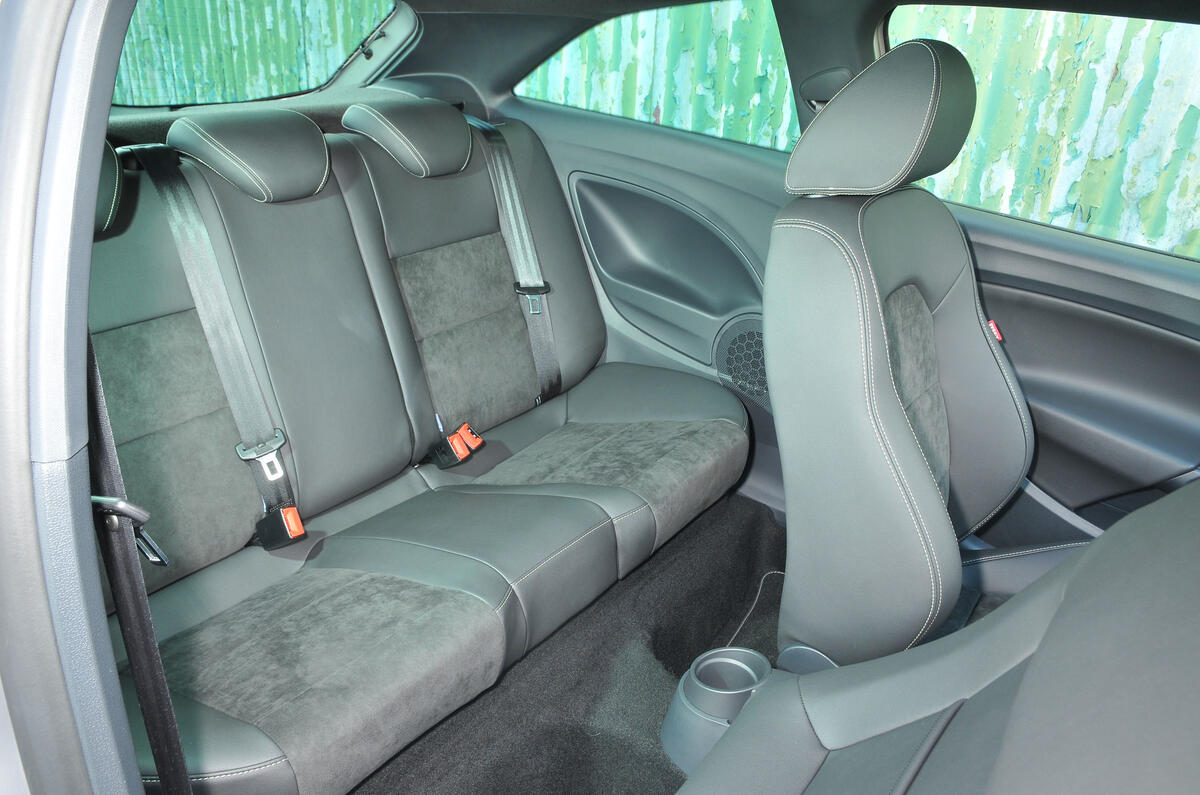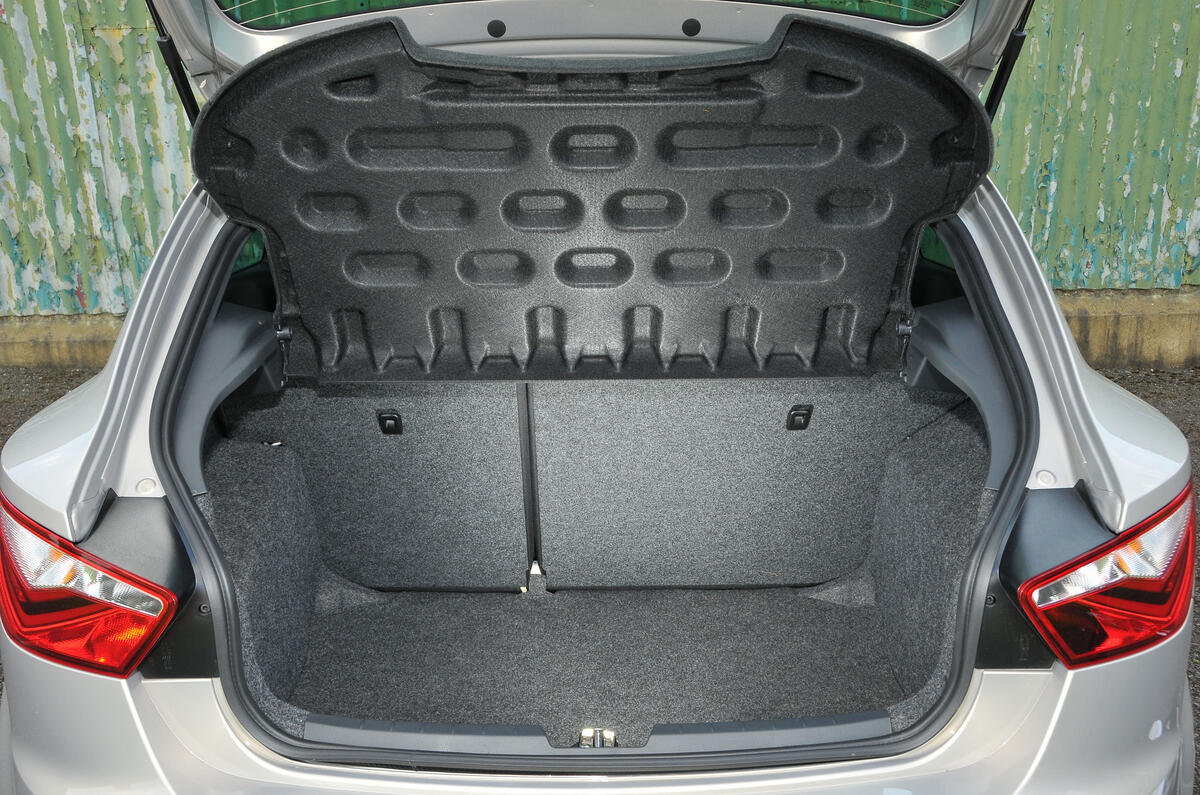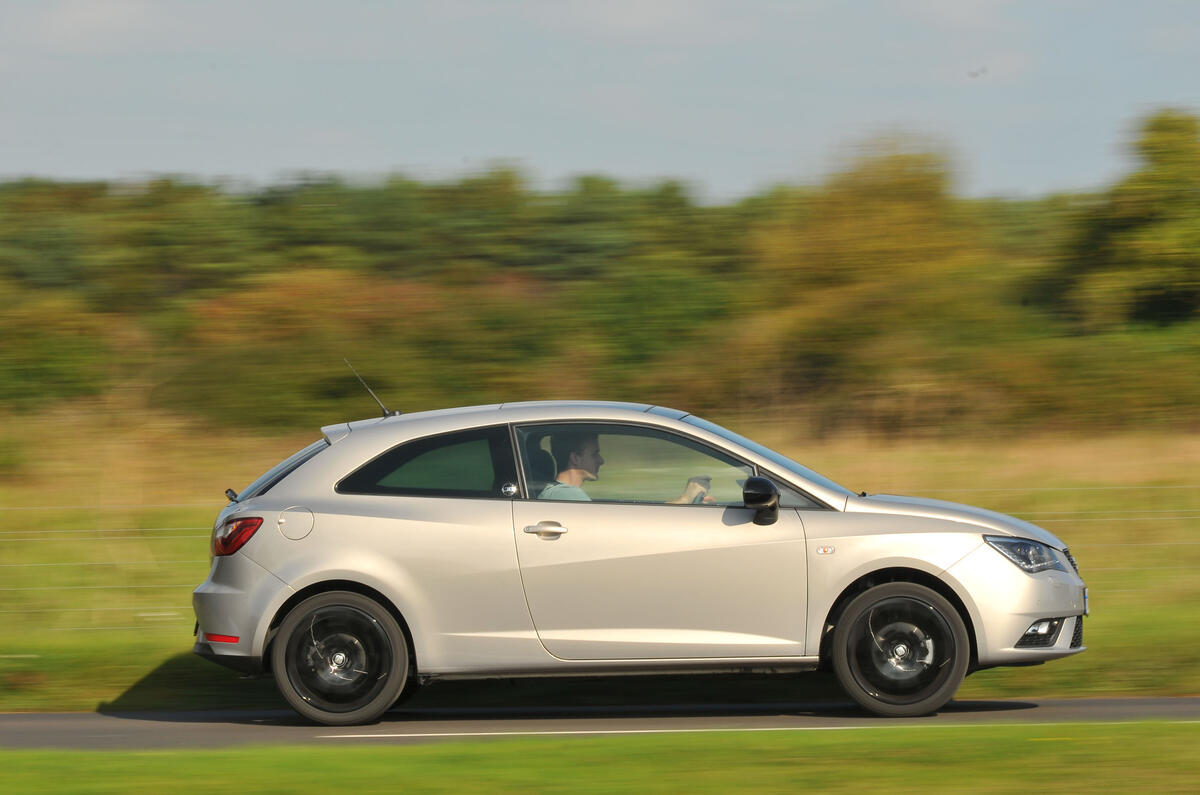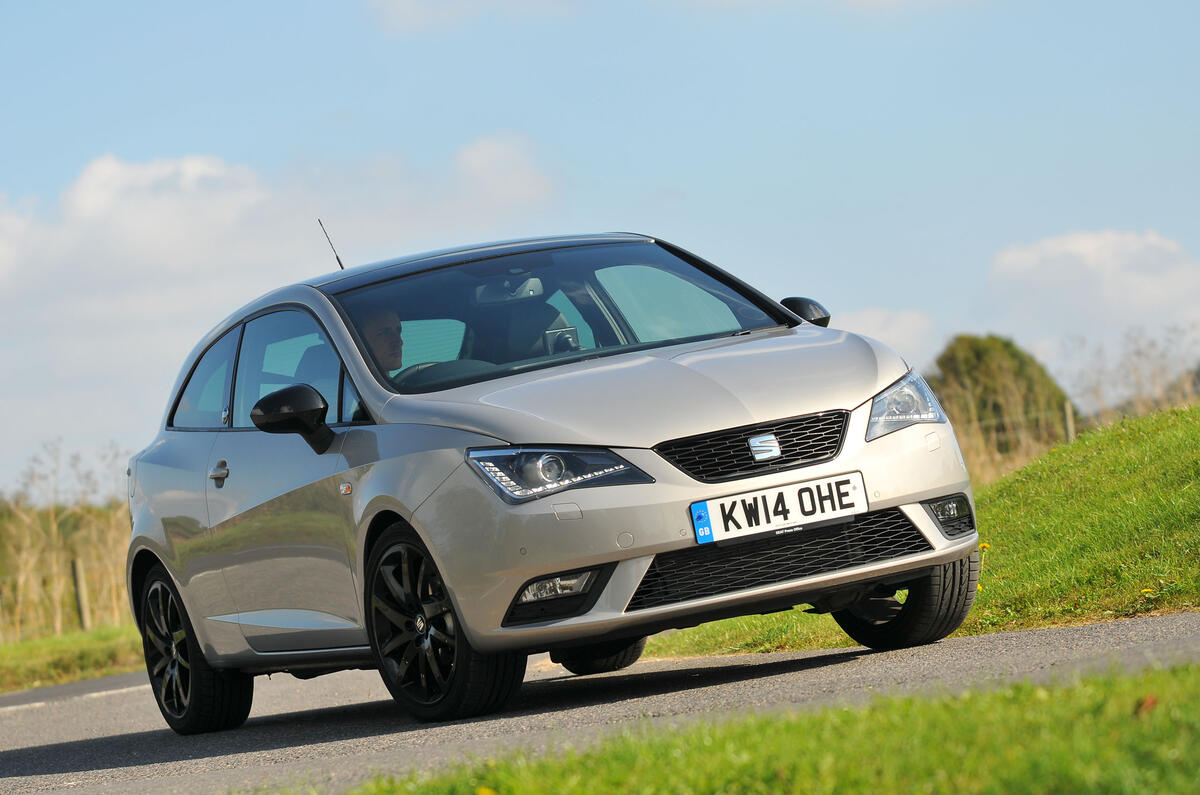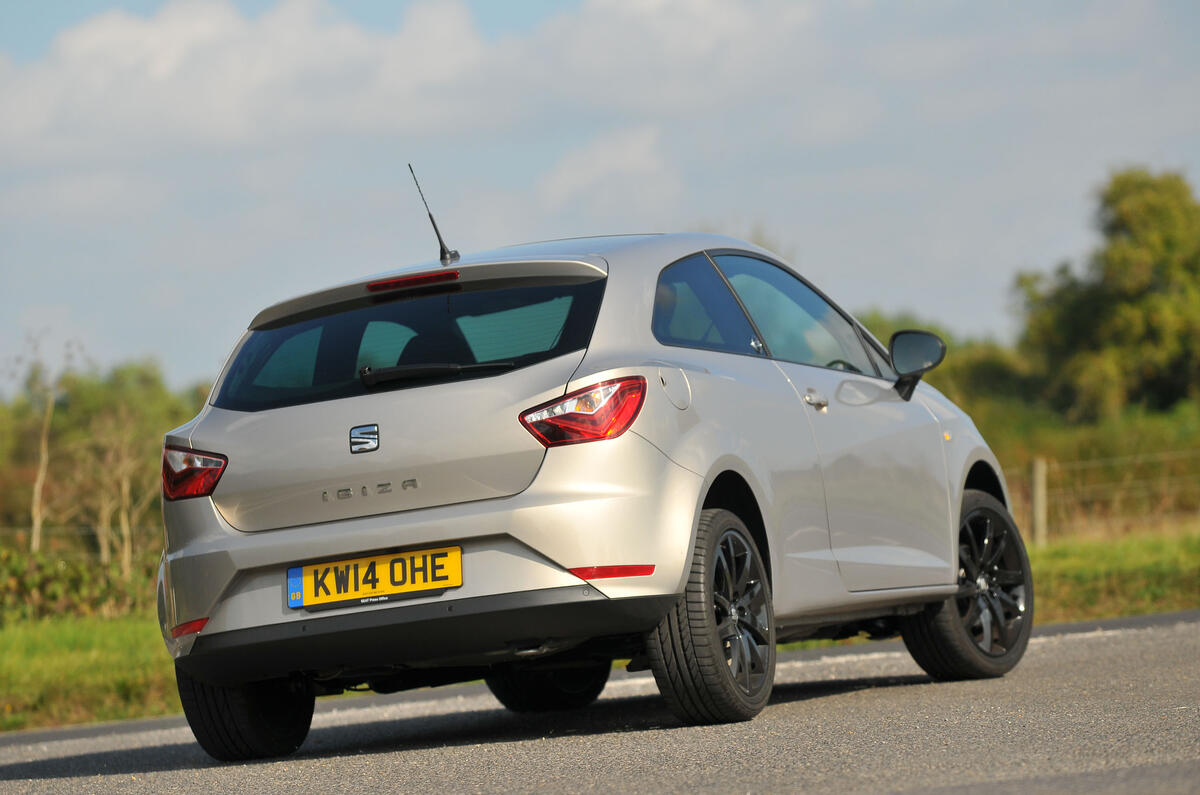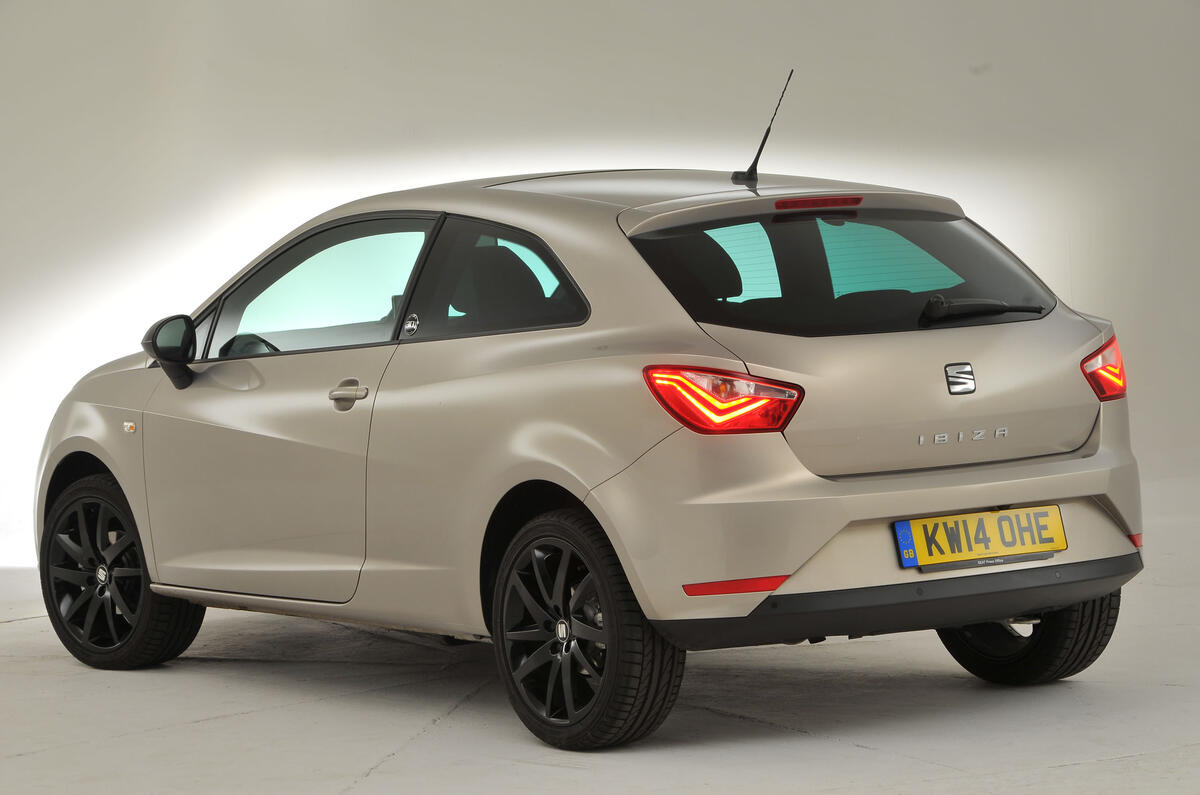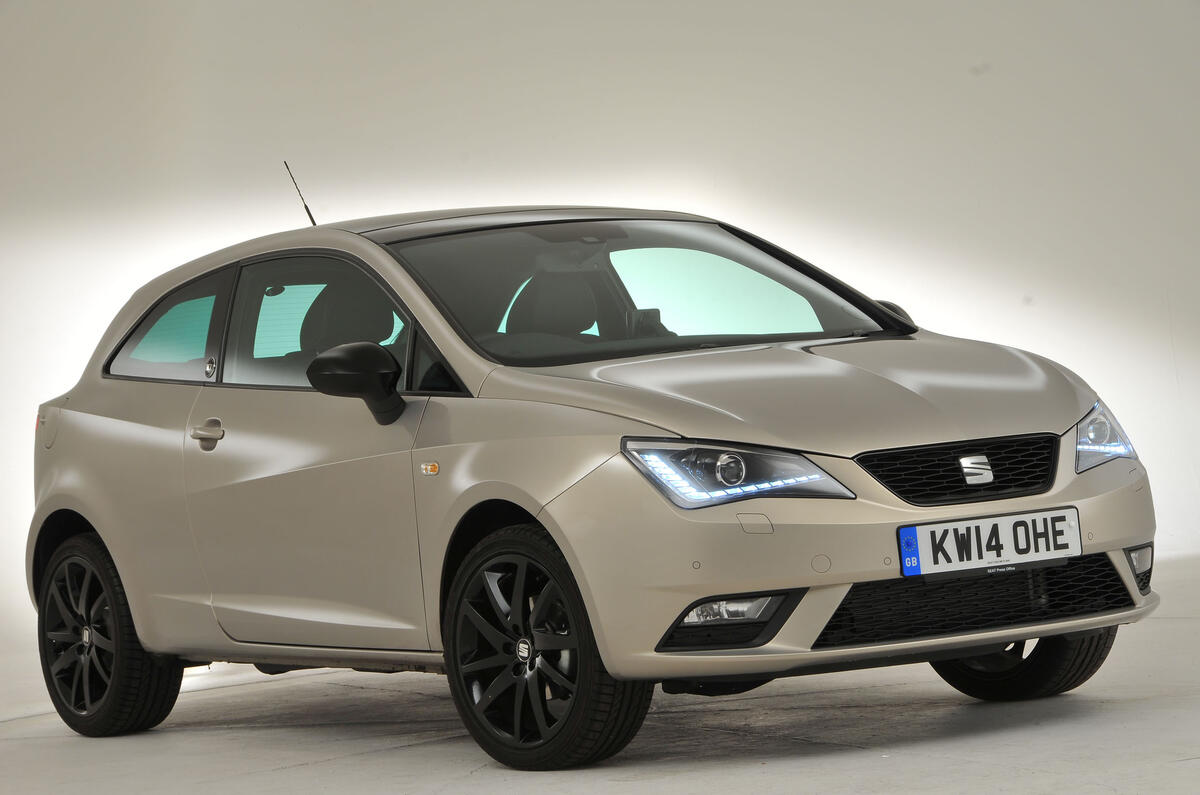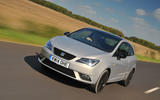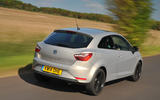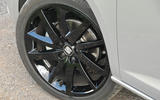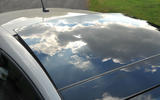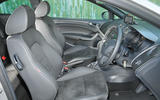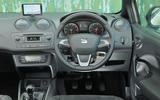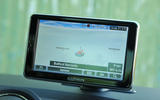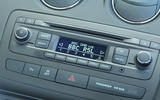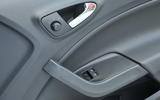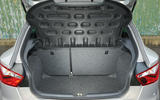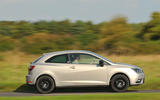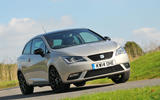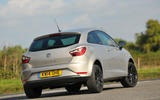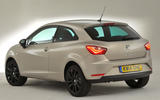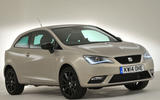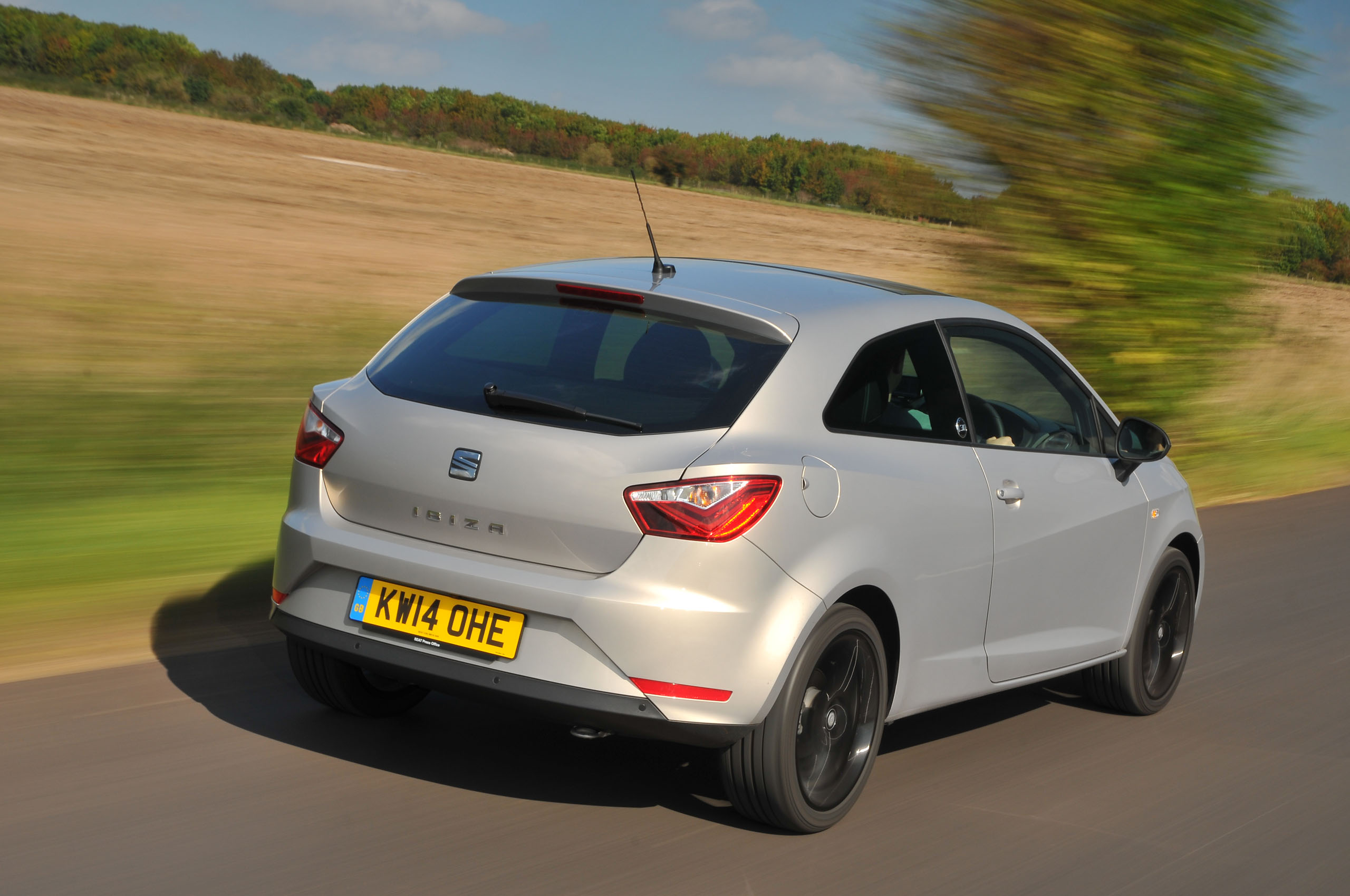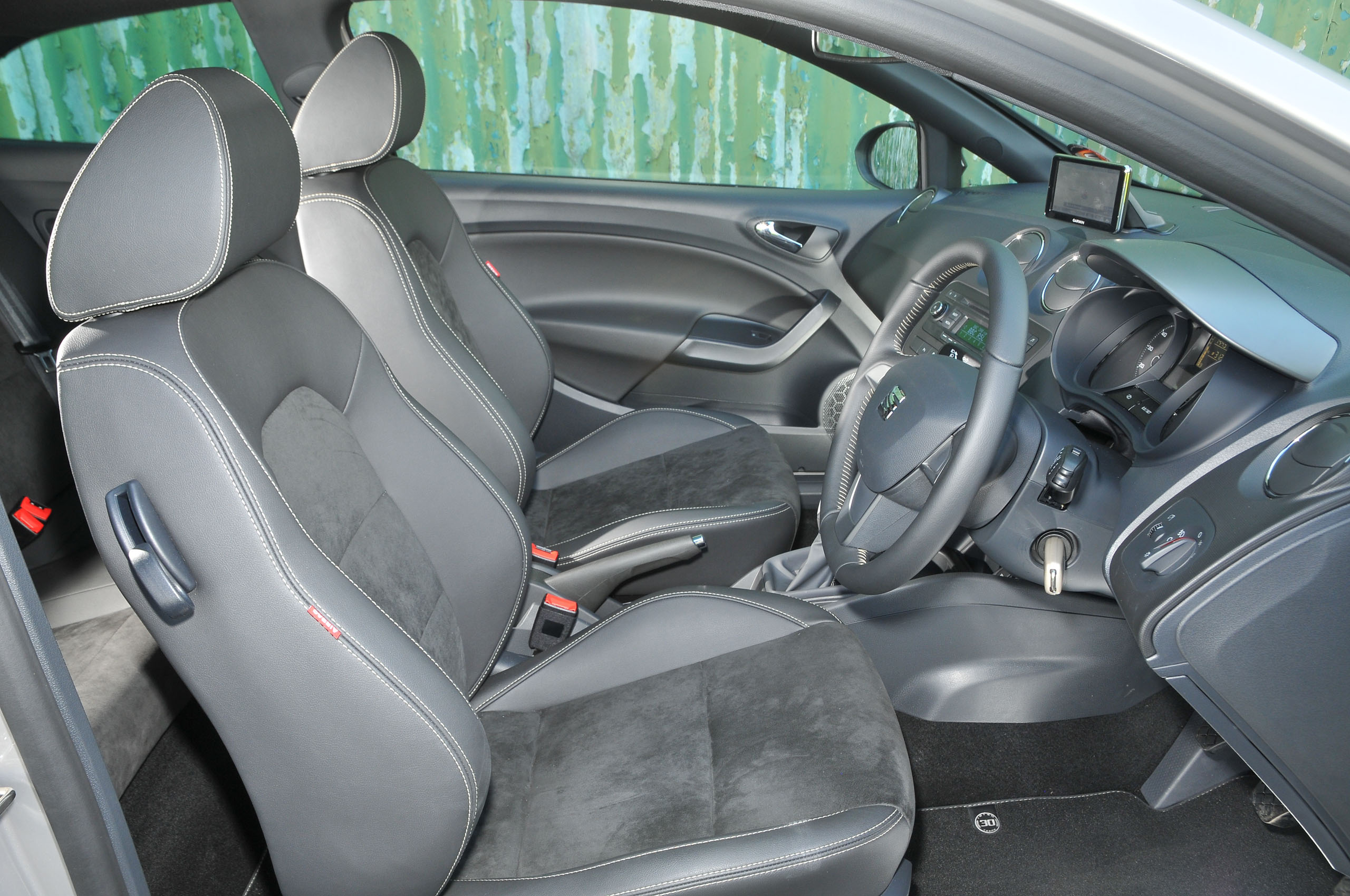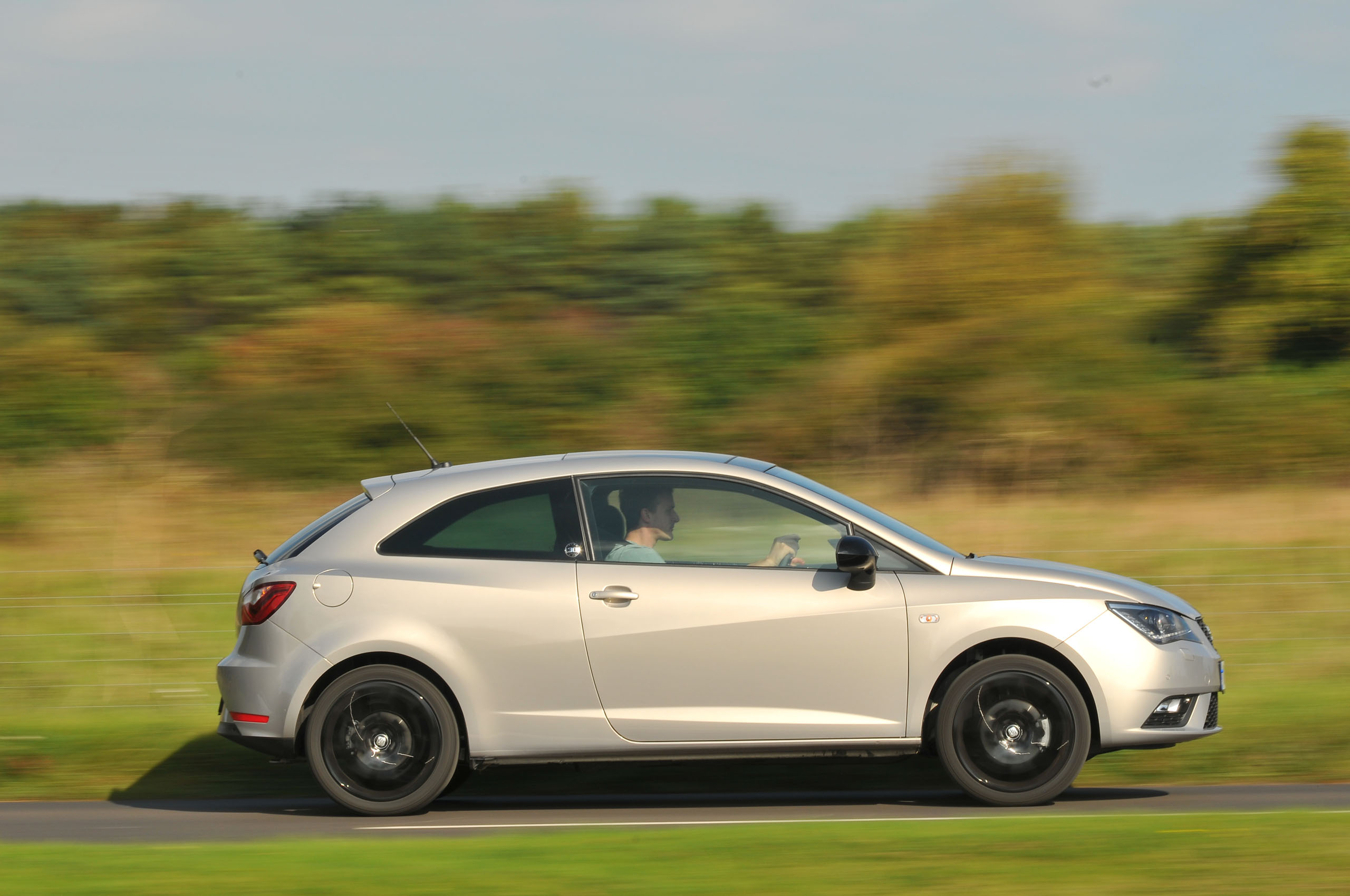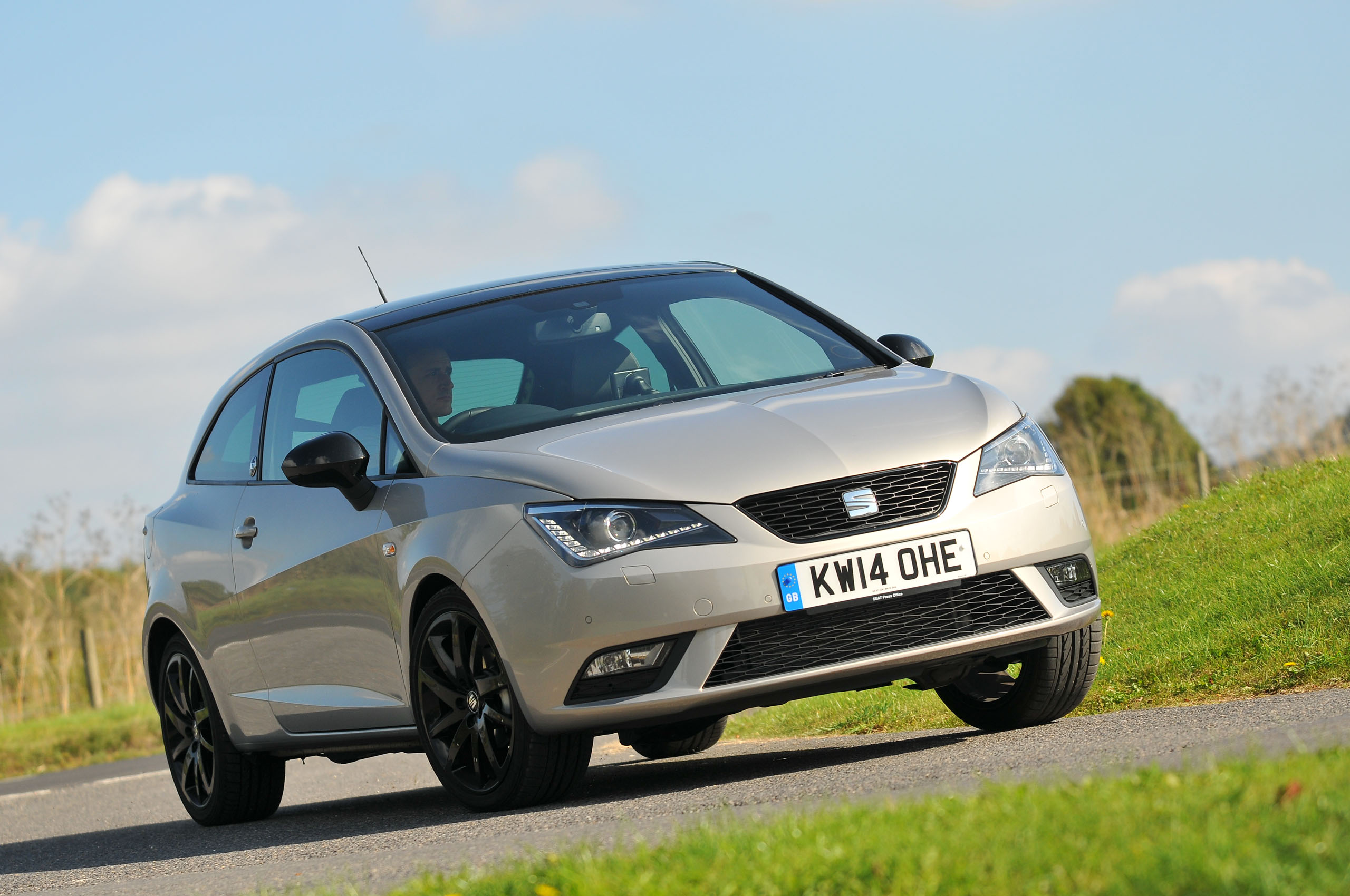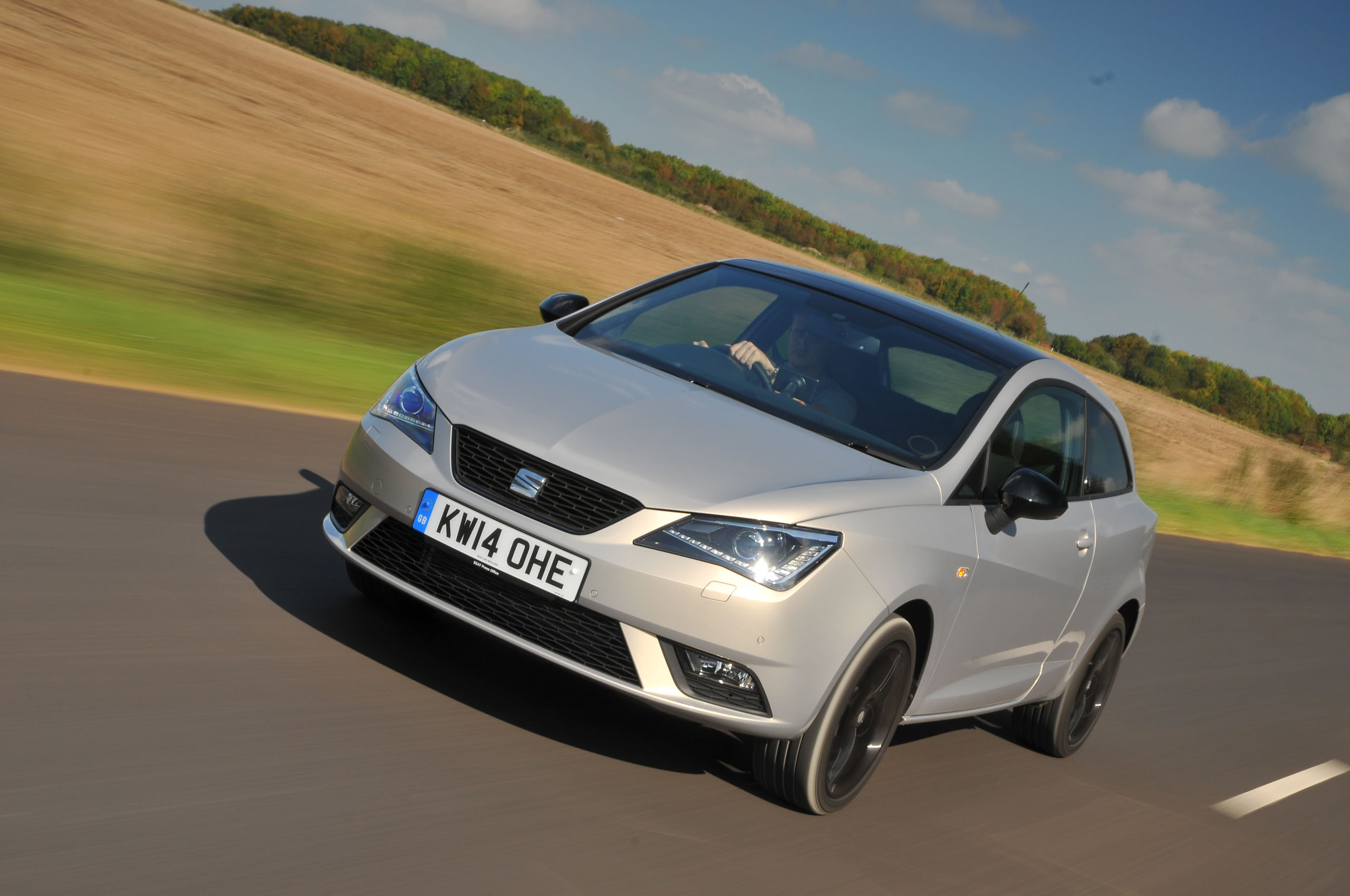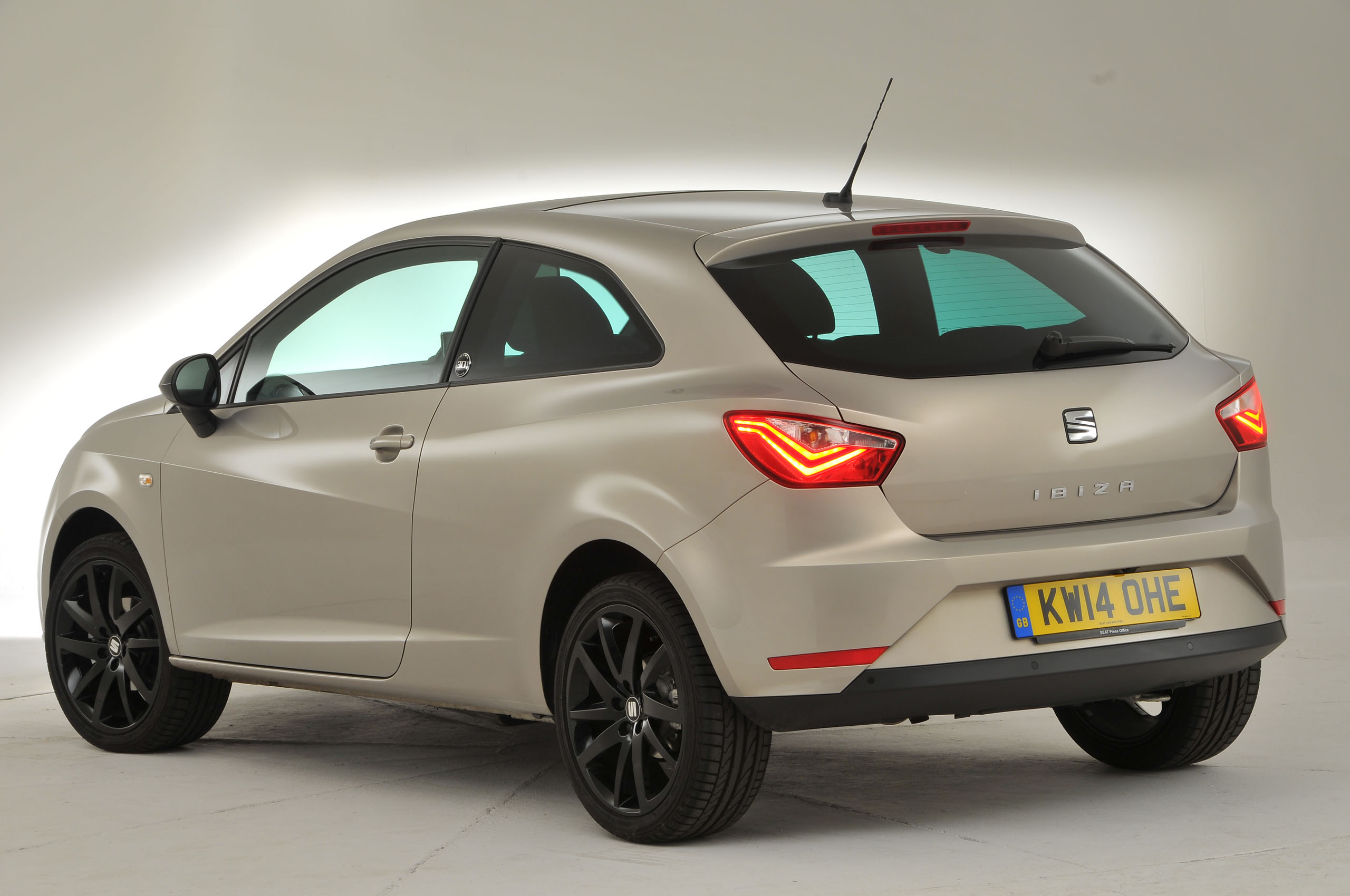The Seat Ibiza of 2008-2017 was far more than a Volkswagen Polo in a fancy outfit: it balanced refinement, spaciousness, performance and style to make it a front-runner in the dog-eat-dog supermini class.
The fourth-generation Ibiza ushered in an entirely new design language for Seat, being the first model sketched under the direction of Luc Donckerwolke, the man behind the Lamborghini Murciélago and Gallardo.
It was far more stylish than its bug-eyed predecessor. Sharp lines and an aggressive-looking front end endowed the Mk4 Ibiza with sufficient kerb appeal to rival the Ford Fiesta – and for a car that landed 16 years ago, it still looks contemporary today.
Riding on the Volkswagen Group’s modular PQ25 platform – which also underpinned the Polo and Audi A1 – the Mk4 Ibiza was 99mm longer than the car it replaced, to the benefit of interior space and practicality.
You could fit three adults across the rear seats without issue and the boot, while oddly shaped in places, was big enough for a 4.0m-long car.
The interior was streets ahead of the Mk3’s. Rather than inheriting the austere internals of the Polo, the Ibiza had a far brighter cabin that was both refined and distinctive.
The fit and finish was acceptable for its class, and there were enough soft-touch materials to make it comfortable and pleasant to ride in.
Factor in the logically organised dashboard, AUX ports and handy TomTom sat-nav dashboard mount and the Ibiza had all the hallmarks of a class-leading supermini.


